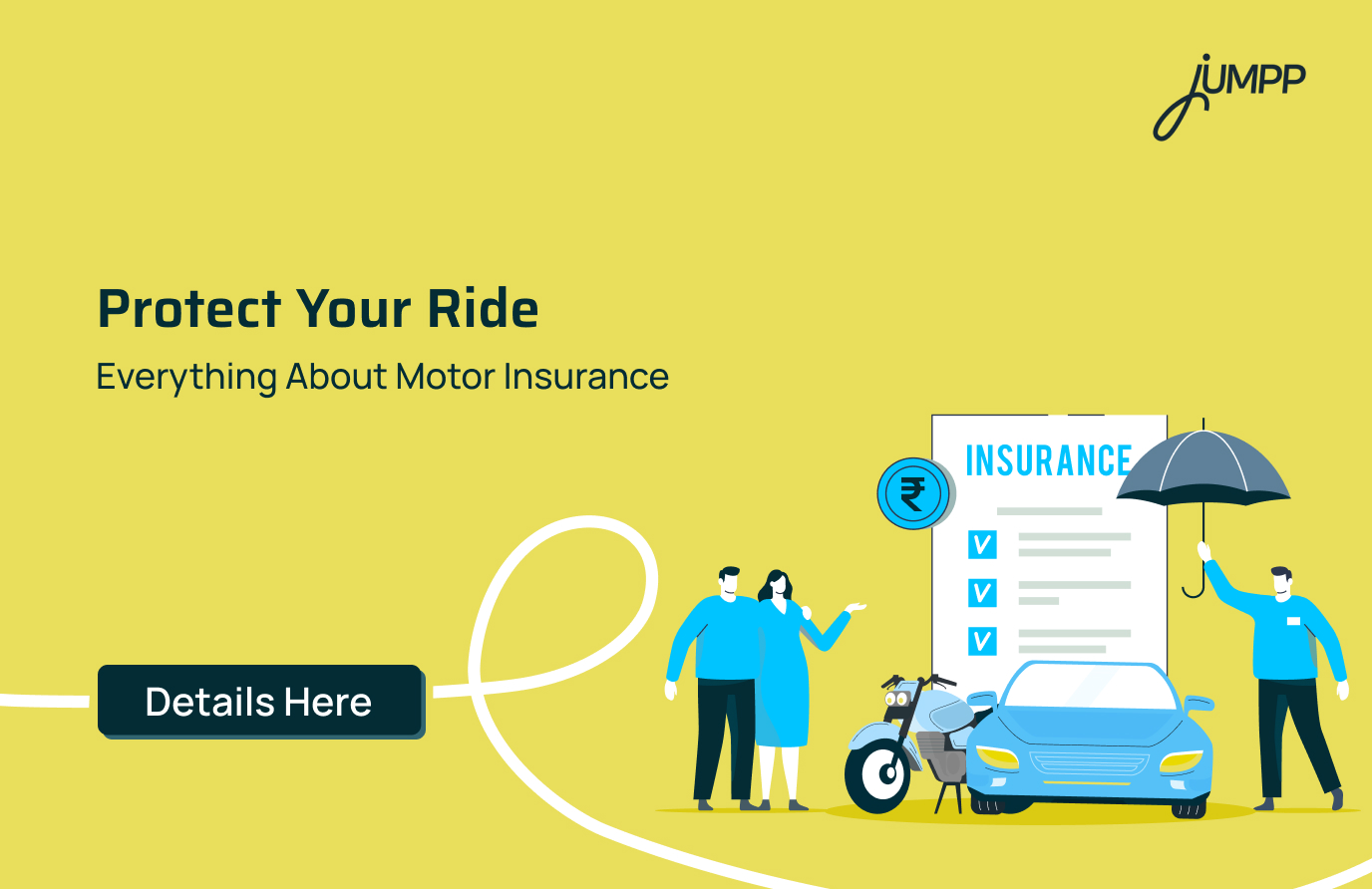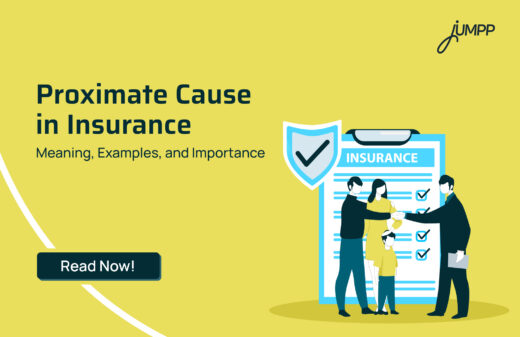What is Motor Insurance: Types, Benefits, and Things You Should Know

In India, owning a vehicle is a significant milestone for everyone. But it also comes with responsibilities. Accidents, theft, or unexpected damage can turn this prized possession into a financial burden in an instance. This is where motor insurance becomes essential for all. It is designed to protect both your vehicle and your finances. A motor insurance ensures that you are prepared for the unexpected while complying with legal requirements on Indian roads.
Let us explore the type of motor insurance in India!
What is Motor Insurance?
Motor insurance, also known as vehicle insurance, is a policy that protects vehicle owners from financial losses due to accidents, theft, or damage. It also covers liabilities arising from injuries or damages caused to third parties.
In India, you must carry valid motor insurance whenever your vehicle is used on public roads; failure to do so can attract penalties under the Motor Vehicles Act, 1988.
Motor Liability Period: How Long Does Coverage Last?
The motor insurance policy is valid for a fixed period. This is typically one year, after which it must be renewed to continue coverage.
Some insurers also offer multi-year policies (2–3 years) for convenience and potential savings.
If you are thinking about protecting your vehicle, why not also protect your wallet? With the right savings app, you can plan, track, and grow your money while staying covered on the road.
Understanding the Motor Claim Process
Filing a motor claim requires attention to detail.
Here are some important points to keep in mind:
- Inform the Insurer: Notify your insurance company immediately after an accident, theft, or damage.
- Submit Required Documents: Provide a filled claim form, your policy documents, and any supporting evidence such as FIR, photos of damage, or repair bills.
- Inspection and Approval: The insurer may send a surveyor to inspect the vehicle before approving the claim.
- Settlement: Once approved, the claim amount is either paid directly to you or, in case of cashless facilities, to the garage where your vehicle is repaired.
Want to understand how insurance deductibles affect your motor claim amount?
Explore our detailed guide on Deductible in Insurance to learn how it impacts your premium, claims, and coverage choices.
Types of Motor Insurance in India
Understanding the different types of vehicle insurance can help you choose the right coverage for your needs.
Here are various types of motor insurance in India-
1. Third-Party Liability Insurance: This is the most basic form of motor insurance and is mandatory under the Motor Vehicles Act, 1988. It covers damages caused to another person, vehicle, or property due to your vehicle’s involvement in an accident.
2. Comprehensive Insurance: As the name suggests, this policy offers comprehensive coverage, including:
- Own Damage (OD) Cover: This policy covers damages to your vehicle, excluding third-party liabilities. It’s suitable if you already have third-party insurance but want additional protection for your vehicle.
- Third-Party Liability: It includes all the benefits of third-party insurance.
- Add-Ons: You can opt for add-ons like zero depreciation, engine protection, roadside assistance, key replacement, NCB protection, etc.
- No Claim Bonus (NCB): If you don’t make claims in a policy year, insurers reward you with a discount on renewal premiums — this incentivises safe driving.
While comprehensive insurance offers broader protection, it comes at a higher premium compared to third-party liability insurance.
Types of Car Insurance
Most drivers never realise how different car insurance plans can be until it is too late.
Third-Party Liability Cover
This is the minimum legal requirement for any car on Indian roads. It protects you against financial responsibility if your car causes damage, injury, or death to another person. However, it does not cover any damage to your own vehicle.
Comprehensive Car Insurance
It includes third-party liability coverage and also protects your own vehicle from accidents, theft, fire, and natural disasters such as floods and earthquakes.
Standalone Own-Damage (OD) Cover
This insurance only covers damages to your own car due to accidents, theft, or natural disasters. It does not include third-party liability.
Personal Accident Cover
This is mandatory in India and protects the owner-driver in case of injury, disability, or death resulting from a road accident.
Types of Bike Insurance
Bike insurance works similarly to car insurance, with the same three core types of coverage:
Third-Party Bike Insurance
The minimum legal requirement for two-wheelers in India. It covers damage or injuries caused to another person, but not damage to your own bike.
Comprehensive Bike Insurance
The most popular and recommended option. It covers third-party liabilities as well as damage to your own bike from accidents, theft, fire, or natural disasters.
Standalone Own-Damage (OD) Bike Insurance
This cover protects your bike from its own damage and can be bought separately in addition to mandatory third-party insurance.
Personal Accident Cover
It is mandatory for two-wheeler owners. This cover provides compensation to the owner-rider in case of an accident.
What are the Advantages of Motor Insurance
Buying Motor insurance has many benefits:
1. Financial Protection: Motor insurance can safeguard you from significant out-of-pocket expenses in case of accidents or damage.
2. Legal Compliance: With Motor insurance in place, you can ensure adherence to the law, avoiding fines and penalties.
3. Add-On Benefits: Optional covers can enhance your policy to suit specific needs.
Protecting your home, belongings, and valuables is as important as protecting yourself on the road. A reliable property and casualty insurance plan ensures you are covered against accidents, theft, or natural disasters.
What are the Disadvantages of Motor Insurance
Motor insurance is not perfect.
Some of its drawbacks or limitations are as follows-
1. Premium Costs:
Comprehensive coverage and add-on benefits can make premiums relatively high, especially for new or high-value vehicles.
2. Claim Process Can Be Time-Consuming:
The process of filing claims, inspections, and approvals may take time, which can be inconvenient during any emergency.
3. Depreciation on Claim Settlements:
Insurance payouts may consider depreciation, meaning you may not receive the full current market value of certain parts during a claim.
4. Limited Coverage on Certain Policies:
Basic third-party insurance only covers liabilities to others, not damages to your own vehicle, which may leave gaps in protection.
Key Points to Keep in Mind Before Buying Motor Insurance
Before purchasing a motor insurance policy, you need to know the following:
- Assess Your Needs: It is important to determine whether you need third-party or comprehensive coverage based on your vehicle’s value and usage.
- Compare Policies: Always look at different insurers and policies to find the best coverage at an affordable premium.
- Understand the Terms: You must read the policy document carefully to understand what’s covered and any exclusions.
- Check for Add-Ons: It is important to consider additional covers that may be beneficial for your specific needs.
- Claim Process: Familiarise yourself with the insurer’s claim process to ensure a smooth experience in case of an incident.
Conclusion
Investing in motor insurance is a step toward responsible vehicle ownership; therefore, choosing the right type of coverage will help you ensure peace of mind, protect your vehicle, and secure you against unexpected financial burdens.
What is Motor Insurance – FAQs
Yes. Every vehicle on Indian roads must have at least third-party insurance as per the Motor Vehicles Act, 1988. Driving without it can lead to fines or legal action.
Third-party insurance covers damages or injuries caused to others in an accident. On the other hand, a comprehensive insurance covers both third-party liabilities and your own vehicle’s damages, including accidents, theft, or natural disasters.
Premiums depend on factors like your vehicle’s age, type, usage, city, claim history, and the type of coverage you choose.
The motor liability period is the duration your insurance policy is valid. Driving with an expired policy is illegal. Always renew on time to maintain coverage.
The motor claim process begins by promptly informing your insurer and submitting required documents like FIR, repair bills, and policy details. After inspection, the claim is settled either through cashless repair at network garages or reimbursement.
Yes, you can enhance your motor insurance with optional add-ons such as zero depreciation cover, roadside assistance, engine and gearbox protection, and personal accident cover for the driver.
Comprehensive motor insurance protects your vehicle against theft, fire, flood, and other natural disasters, while third-party insurance does not cover damages to your own vehicle.
Motor insurance policies are usually valid for one year. Renew annually to maintain uninterrupted coverage and avoid penalties.






